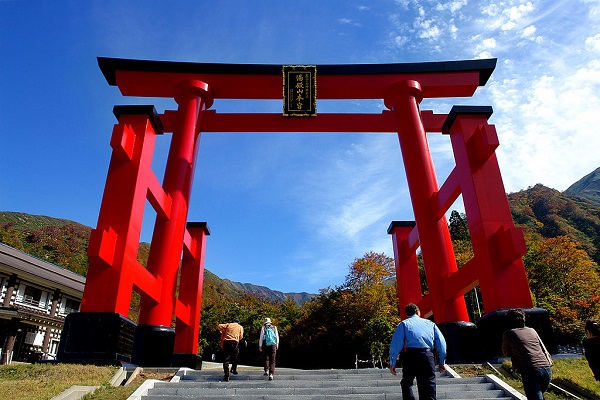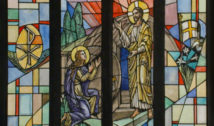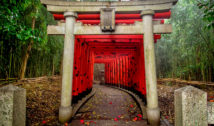
What Is the Significance of a Torii?
- By Alison Lesley --
- 08 Apr 2018 --

A Torii is a Shinto shrine gate
For the non-Japanese, the Torii is an instantly recognizable Japanese symbol[/tweetit]. A Torii takes the shape of a gate. The gate symbol is replicated online as well. Shinto temples in online maps are marked as Torii. A few Buddhist temples are as well, although technically they should not be as these gates are a symbol of the Shinto religion. With the rising influence of Japan in the world stage, the word Torii has migrated from a niche, obscure word to a common word frequently found in English technical and non-technical literature. It is now an accepted word in crossword puzzles.
What Is the Significance of a Torii?[/tweetthis]
A Torii gate is a compulsory feature of every Shinto shrine. The simplest ones consist of two vertical posts linked by two posts located at the top. The gate represents the border between secular and sacred Shinto religion. These gates are a metaphorical passage to the sacred place of the shrine. A single shrine may have one or multiple Torii gates. If this is the case, each gate represents a path into increasingly more sacred zones compared to what was present after passing through the earlier gate.
The pillars or hashira are the vital elements of the Torii. The kasagi is the lintel positioned on two pillars. The tie beam or nuki keeps the complete structure together. All these are Torii essentials. The only exception is Shime Torii. The latter is constructed only of two pillars and rice cord or shimenawa tied to the pillar's extremities. Extra elements like second horizontal lintel or shimaki can be present.
omg, its so many torii gate pic.twitter.com/JJ49nTlstY
— Nöb / Shin Itagaki (@nob777i) March 28, 2018
One entering the Torii gate must remember to walk on the sides and not through the center. This is as there is a belief that only the kami (deity) can pass through the center. The custom is to bow once prior to passing the gate. This is applicable for both entering and exiting the shrine. Even when exiting the shrine, the supplicant must face the shrine.
A typical Torii gate is made of stone or painted with vermillion paint. Modern Torii gates are sometimes constructed with ferroconcrete for minimal maintenance. The Inari shrines have the vermillion gates. These enshrine kami for the crops, especially the rice crop. Worshippers donate gates as their offering to kami with a hope to get a good harvest. The best-known vermillion Torii gate is Kyoto's Fushimi Inari Taisha. The place has a mindboggling 10,000 Torii gates.



















